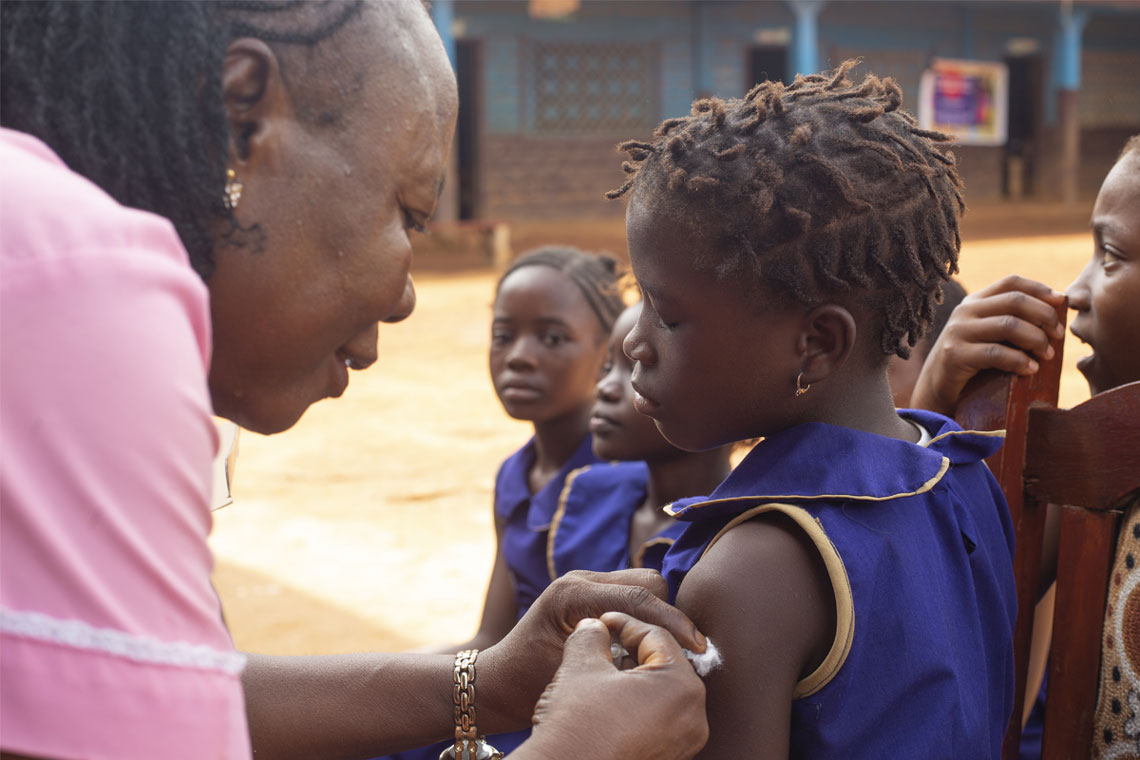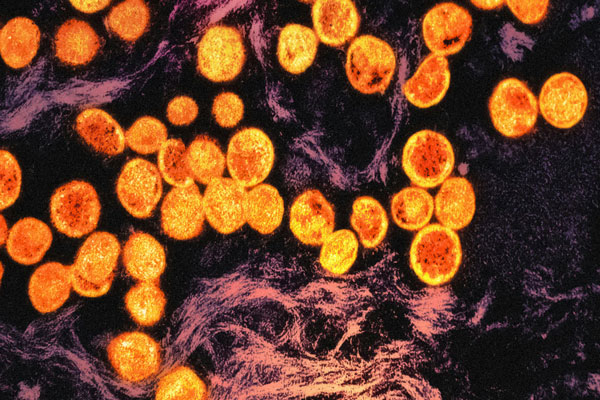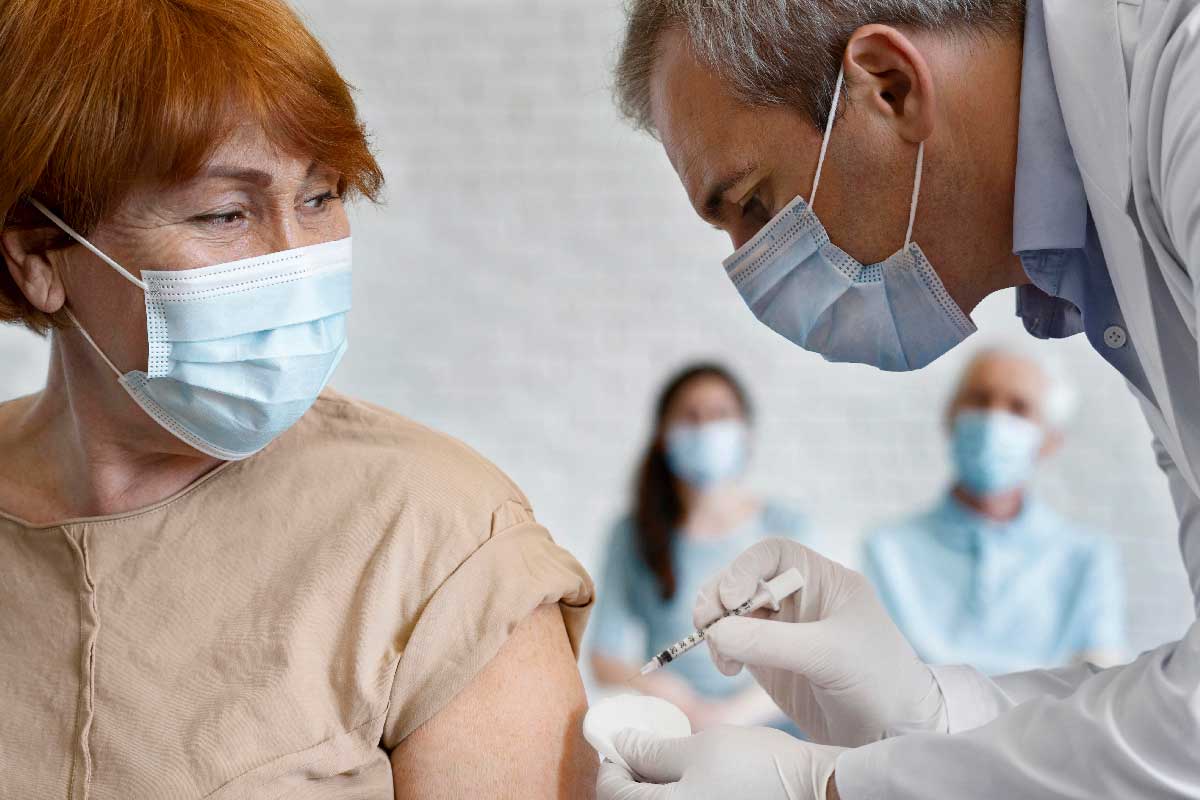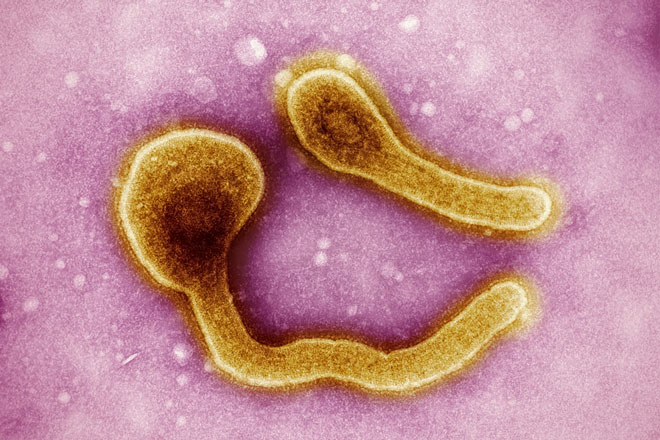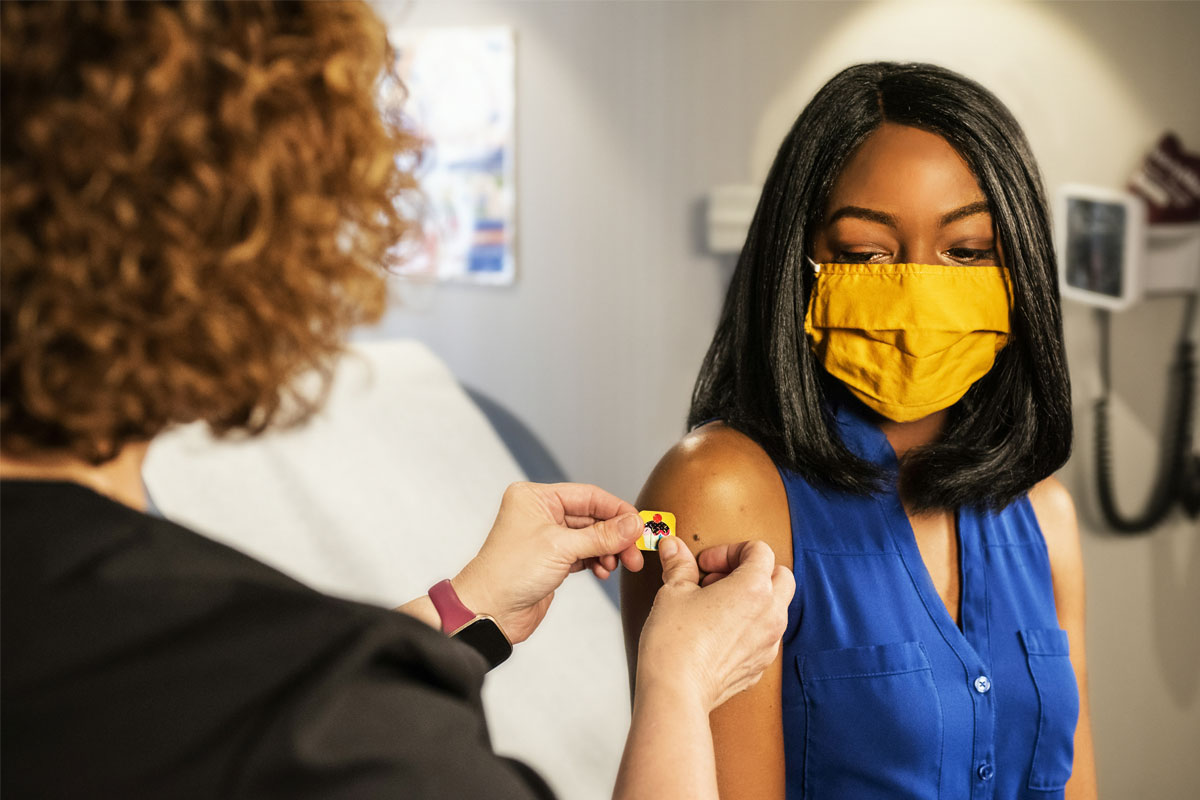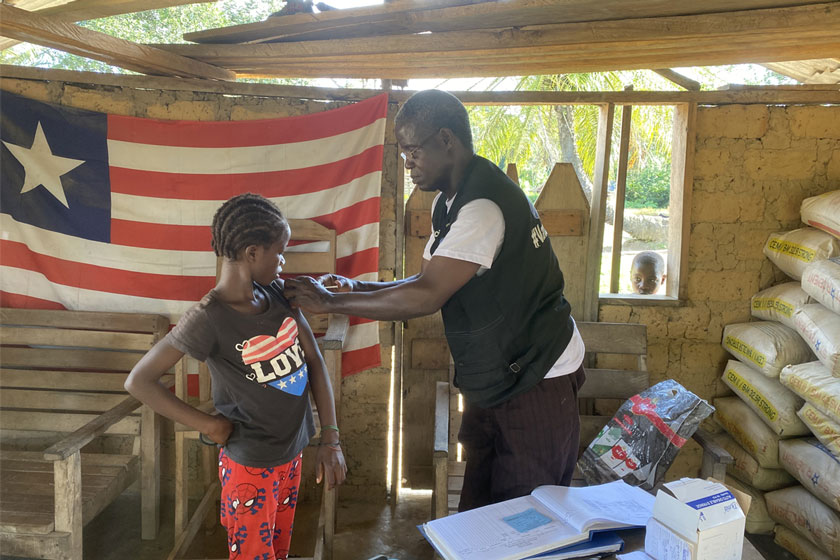How self-testing for HPV infection could improve cervical cancer screening
Earlier detection of pre-cancerous and cancerous cells could save lives, especially in low- and middle-income countries.
- 20 December 2024
- 3 min read
- by Priya Joi
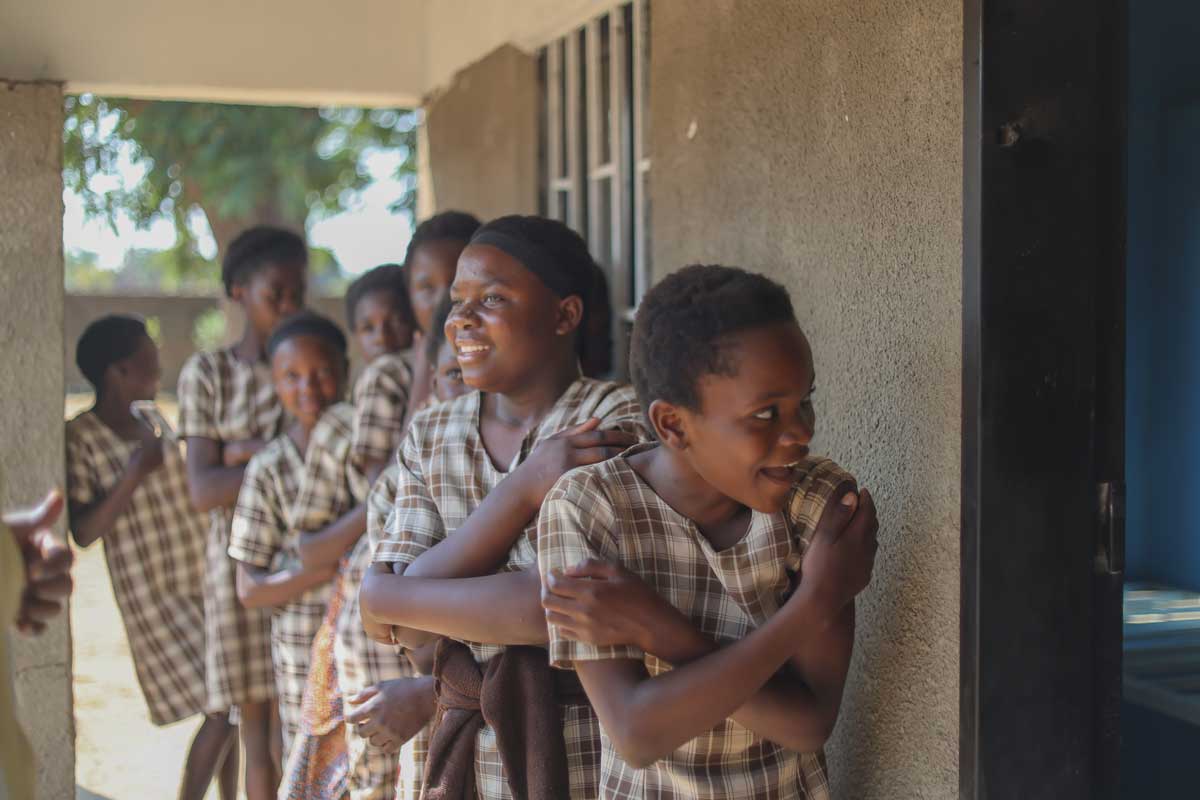
Self-testing for the human papillomavirus (HPV) can categorise women who test positive at varying levels of risk, according to new research published in PLoS Medicine.
The study suggests that self-testing is reliable enough that those at greatest risk can be sent directly for diagnostic testing in a clinic, rather than waiting for the self-test to be confirmed through routine screening.
HPV is a common virus that infects about 80% of people at any time, often with no symptoms. In some women, however, the virus turns cells cancerous, eventually leading to cervical cancer that kills one woman every two minutes.
The HPV vaccine is incredibly effective at preventing the disease and, as it is increasingly being rolled out around the world, cases of cervical cancer are dropping sharply.
Right now though, millions of women are at risk of HPV, and screening is incredibly important. Many women still don’t go to clinics to get tested, however, either because they lack access to screening services or because they don’t view it as a priority.
Self-testing is already proving to be important in getting women tested who otherwise wouldn’t, and in 2022 guidance on HPV screening, WHO said, “Where HPV tests are available as part of the national programme, the choice to be able to self-sample may encourage women to access screening and treatment services and also improve screening coverage.” According to WHO, this type of testing “can help reach the global target of 70% coverage of screening by 2030”.
However, as Jiayao Lei, an epidemiologist at the Karolinska Institute in Sweden, and colleagues explain, women who show up as being positive for HPV in self-testing are then referred to clinics for further examination to look for abnormalities in cervical cells. These abnormalities range in severity from being low risk, requiring follow-up in a year, to being cancerous and requiring treatment.
Lei and colleagues analysed data from self-collected samples from 855 women across primary care practices in England. The women were aged 25 to 64 years and at least six months overdue for cervical screening.
They found that just over 8% of these women had either cancer or precancerous cells, and 5% of all the women tested were in the high-risk HPV group. The data from the self-testing was enough to be able to send the high-risk women for colposcopy – an exam that uses a special magnifying instrument to examine the cervix.
Have you read?
More than half of women with HPV were in the low-risk group, with an overall 4% likelihood of being diagnosed with severe cervical pre-cancer or cervical cancer within the next year, the researchers say.
"We consider it would be safe for the low-risk group to be retested after 12 months," senior researcher Peter Sasieni, a professor at Queen Mary University of London, said. “The moderate-risk group should be encouraged to get tested by clinicians.”
WHO estimates at least 400 million people worldwide lack access to the most essential health services. By 2030, says WHO, there will be a shortage of 18 million health workers, mainly in low- and middle-income countries. Thus, this approach could be useful in those countries, where access to healthcare – especially cell testing – is limited, say the researchers.
More from Priya Joi
Recommended for you
